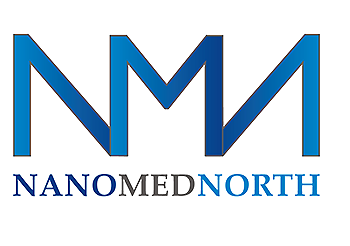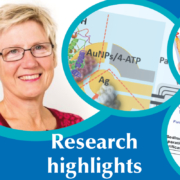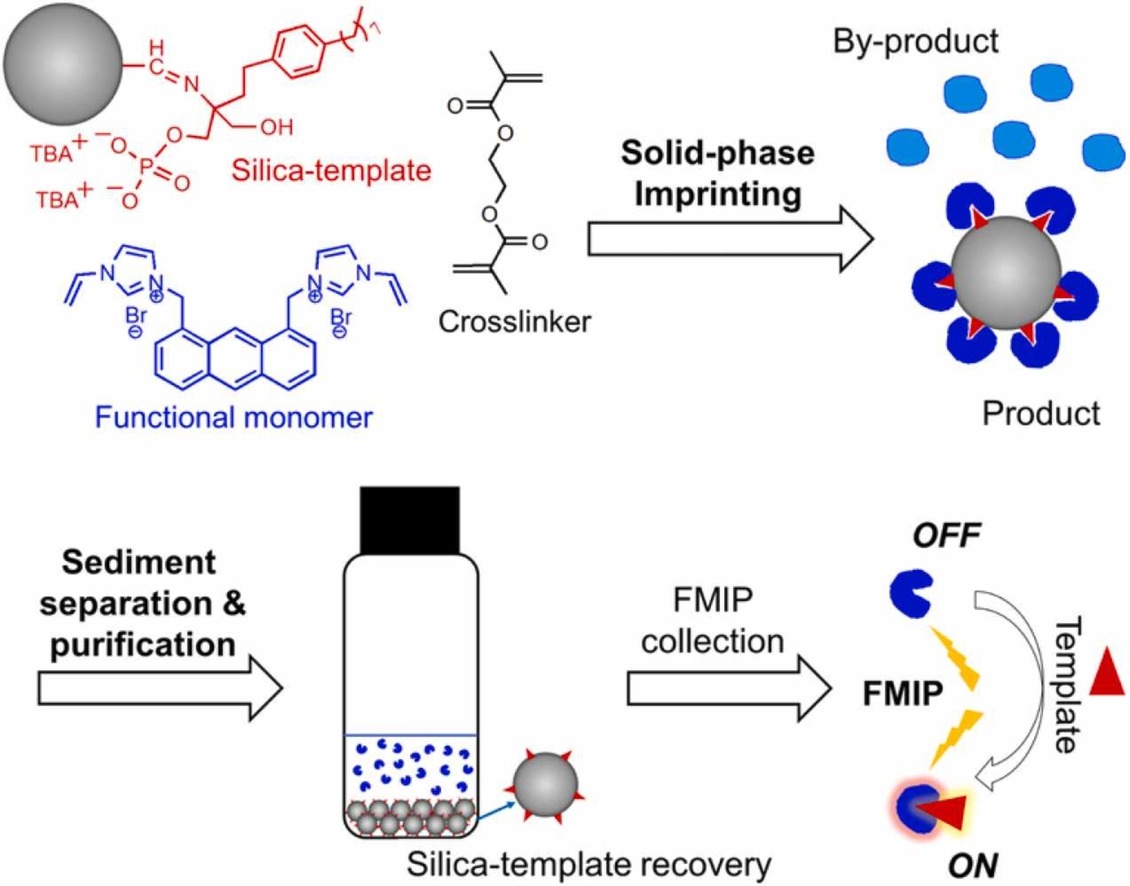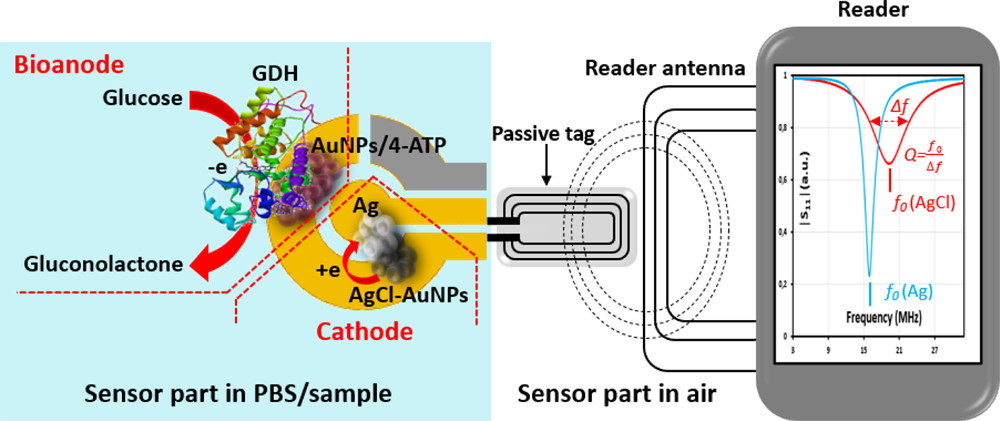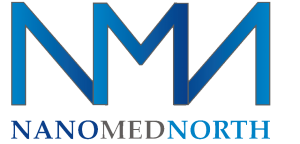Research highlights from NanoMed North
Three questions to
Prof. Agneta Richter-Dahlfors (Center for the advancement of Integrated Medical and Engineering Sciences, KI/KTH) about optotracers.
What is an optrotracer?
Optotracers belong to a family of small fluorescent tracer molecules which we use to follow biochemical processes. Real-time analysis is possible thanks to the optotracers’ unique capability to switch from an off-state to an on-state, just like a light switch. The signal is extremely low from optotracers free in solution, whereas the light is turned on when the optotracer binds to a target molecule. Using microscopy or spectroscopy, this process can be easily followed and analysed.
Applications of optotracers within the nanomedicine field?
Optotracers have been applied to visualize nanostructured biomaterials in several fields of research. One type of optotracers, which now are commercially available via Ebba Biotech, is called EbbaBiolight. This series is used to visualize bacterial biofilm formation and bacterial colonization of body surfaces such as mucosal linings, or on materials such as glass and stainless steel. The series Carbotrace has been used to validate the performance of medical devices that includes nanocellulose as an important component. Carbotrace is also used for quality control in the production of ligno-cellulosic biomaterials, as well as for diagnosing biofilm-associated urinary tract infections based on bacterial produciton of cellulose. The third series of optotracers is called Amytracker, which is used to monitor the fibrillation process of amyloid proteins. This is relevant for a large set of protein-misfolding diseases, such as Alzheimers disease.
What´s next?
We currently develop the EbbaBiolight technique such that it allows us to analyze the effect of antibiotics on bacteria growing in biofilms. The current antibiotics were developed using liquid cultures of bacteria, not bacterial biofilms which are linked to a majority of infections. Our hope is that optotracing will help us to develop biofilm-specific antibiotics, and thereby lower the risk of bacteria becoming antibiotic resistance. Also, we develop the Carbotrace technique such that it can be used to map the polysaccharide composition in plant tissues. This will be of great value in the growing biomass and biorefinery industries, thereby contributing to our strive towards a circular bioeconomy.
For more information please contact Agneta Richter-Dahlfors
agneta.richter.dahlfors@ki.se

Research highlights from NanoMed North members.
If you would like to share a publication within the nanomedicine area please contact magdalena.almen@medeon.se
|
|
|
|
|
|
